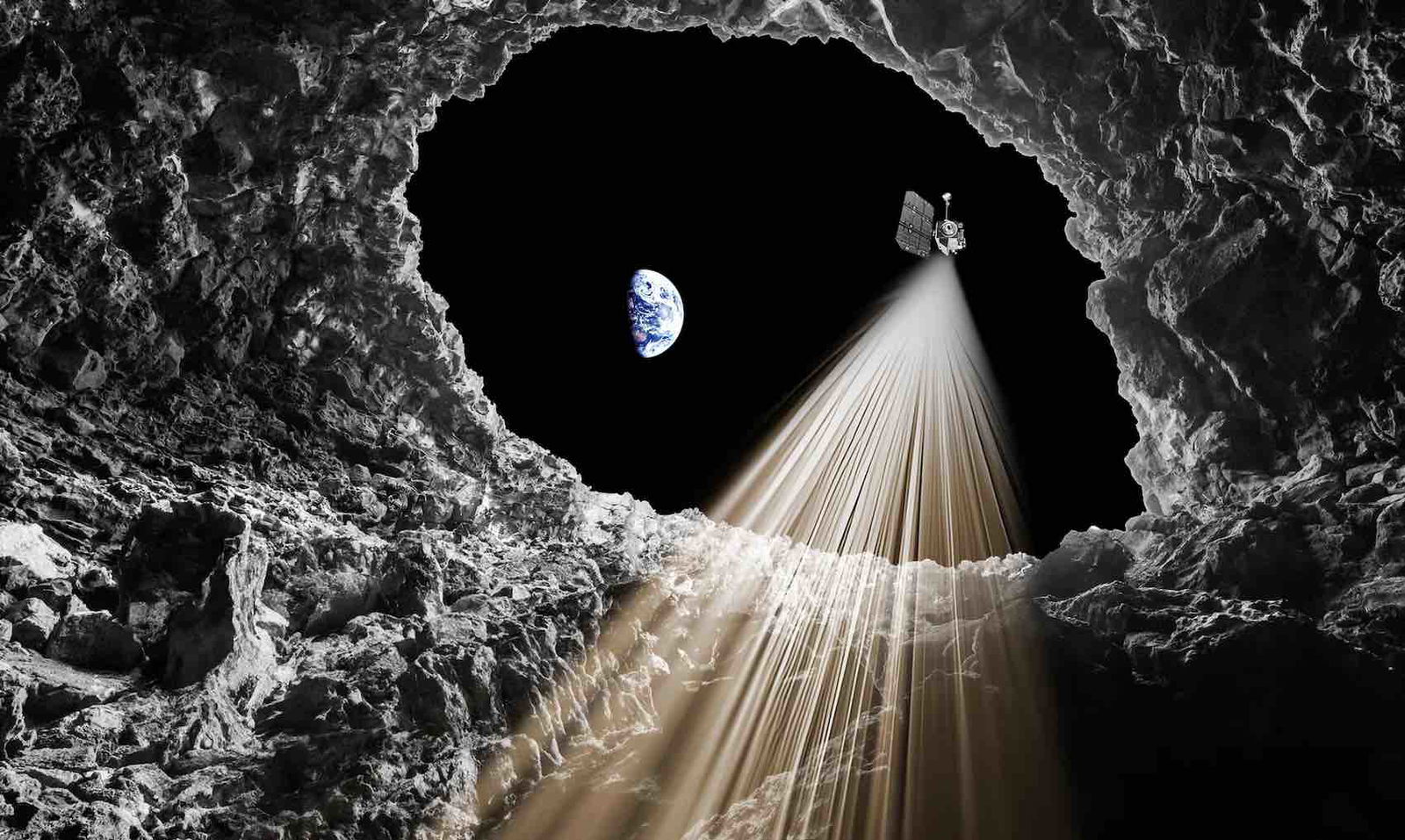T4K3.news
Research Reveals Earth's Magnetic Collapse Impacted Early Humans
A recent study connects ancient geomagnetic changes to shifts in prehistoric human behavior.

When Earth's magnetic shield collapsed 41,000 years ago, early humans faced a solar onslaught that reshaped how they lived, adapted, and survived.
Earth's Magnetic Shield Collapse Altered Human Survival
Recent research published in Science Advances reveals that 41,000 years ago, Earth's magnetic field underwent a significant collapse known as the Laschamps Excursion. This event weakened the magnetic shield by up to 90%, exposing the planet to increased solar and cosmic radiation. Archaeologists and geophysicists have linked this period to behavioral changes in prehistoric humans and Neanderthals, such as increased cave habitation and the use of complex clothing made from animal hides. The weakening of the magnetic field likely led to heightened UV radiation and dazzling auroras, which drove humans to seek shelter and adapt their clothing for protection. Though the study does not link the collapse directly to Neanderthal extinction, it raises questions about its role in human evolution during this challenging period.
Key Takeaways
"This collaboration shows that geomagnetic instability can be explored as a driver of human behavior."
This highlights the study's unique interdisciplinary approach linking geology and human history.
"The Laschamps Excursion might have acted as a stress multiplier, exacerbating existing challenges and rewarding adaptability."
This statement connects ancient environmental challenges with the flexibility of Homo sapiens to survive them.
The Laschamps Excursion sheds light on the adaptability of early humans in the face of drastic environmental changes. The evidence suggests that as solar radiation increased, humans innovatively altered their behavior, illustrating their capacity for resilience. This interdisciplinary study also emphasizes the importance of understanding environmental pressures in shaping human evolution. As climate challenges continue today, insights from ancient adaptations may inform how modern societies can prepare and respond to future environmental threats.
Highlights
- Ancient humans adapted to space weather in surprising ways.
- Caves became safe havens as radiation increased.
- Survival strategies diverged between Homo sapiens and Neanderthals.
- Resilience emerged as a key trait of early humans.
Potential Risks Linked to Environmental Changes
The study raises concerns over how geomagnetic shifts may have impacted human evolution and resilience to changing environments. Understanding these factors is crucial as modern societies face new environmental challenges.
New discoveries of the past can guide our response to future environmental challenges.
Enjoyed this? Let your friends know!
Related News

Supervolcano eruption may threaten global civilization

Ancient event transformed ocean levels

New findings reveal risks of Yellowstone supervolcano eruption

NASA Discovers Cave Entrances on the Moon

New findings on Karakoram glaciers stun climate scientists

NASA Keeps Eye on Earth's Magnetic Anomaly

Scientists warn of Thwaites Glacier collapse

Scientists recreate Earth's early years with new simulation
